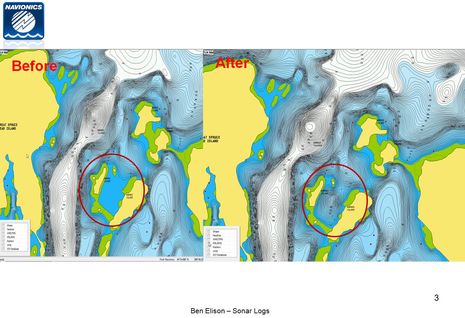

Many of the classifications, especially those designed to protect drinking water supplies and certain high quality waters, have protection rules which regulate activities, such as development, that may impact surface water quality. HOW DO CLASSIFICATIONS AFFECT ME?īefore you buy property, plan a new development project, construct a new road or undertake other land use activities, you should check with local, state and federal agencies about the assigned surface water classification for the waterbody on your property. Each classification has associated standards that are used to determine if the designated uses are being protected. Classifications and their associated protection rules may be designed to protect water quality, fish and wildlife, or other special characteristics.

Surface water classifications are one tool that state and federal agencies use to manage and protect all streams, rivers, lakes, and other surface waters in North Carolina. Surface Water Classifications are designations applied to surface water bodies, such as streams, rivers and lakes, which define the best uses to be protected within these waters (for example swimming, fishing, drinking water supply) and carry with them an associated set of water quality standards to protect those uses. Additional surface water designations determined by other agencies.DWR primary surface water classifications.How can a water's classification be changed?.
 How are these classifications determined?. How do I determine my stream's classification?.
How are these classifications determined?. How do I determine my stream's classification?. 
What are surface water classifications?. What are they and how might they affect me?Ĭontact the Classifications and Standards/Rules Review Branch staff for further information. Trout Buffer Frequently Asked Questions Brochure (PDF). Īllowable development activities, buffers, BMPS, etc. For classification questions contact staff. Guide to Freshwater Classifications Chart (PDF) This chart is currently being updated. On this page you can learn about the classification process, how classifications may affect you and look up the classification of a stream. It flashes every 15 seconds and is visible at least 12 miles out to sea and up to 19 miles.With very few exceptions, all surface waters in North Carolina carry a classification. Tryon Palace - Completed in 1770, Tryon Palace served as the first permanent capitol of North Carolina and home to the Tryon family.Ĭape Lookout Lighthouse - A 163-foot high lighthouse located on the Southern Outer Banks of North Carolina. His recovered ship Queen Anne’s Revenge is displayed at the North Carolina Maritime Museum It is longest river in North Carolina at its mouth, it is the widest river in America at 6 miles acrossīlackbeard the Pirate – Once lived in the Beaufort area and met his demise just 40 miles off the coast of Ocracoke. Neuse River - Stretching 248 miles and emptying into the Pamlico Sound. Havelock – Home of Cherry Point, one of the country’s largest Marine Corps air stations, occupying nearly 16,000 acres New Bern – Founded in 1710 and home to the First State Capital of North Carolinaīirthplace of Pepsi, invented and served by pharmacist Caleb Bradham in 1898 Shit Creek Paddle Company Gifts and Novelties. Shit Creek Paddle Company Expand child menu. Weddings and Special Occasions Expand child menu. Laser Cut Maps and Nautical Decor Expand child menu.








 0 kommentar(er)
0 kommentar(er)
